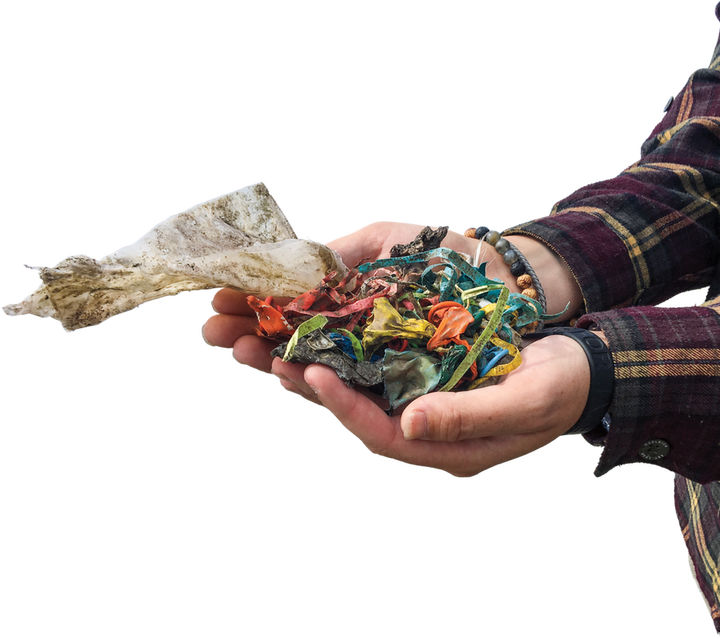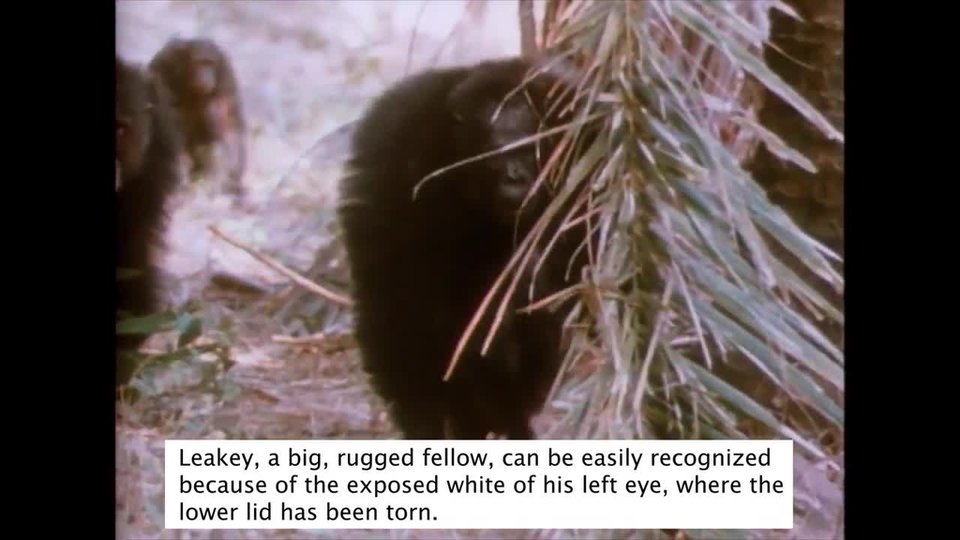ThereIwasinGreenland.Iwasholdingalittleauk.Iwaswaitingforthetinybirdtopoop.Thisisnot whatIexpectedonmyfirstresearch trip!
I’mascientist.Iwasgoingtostudywherethesebirdslookforfood.Iputtrackersonthem.Butthetrackersfelloff!So,Ihadtochangemy idea.
Iwouldstudywhatthebirdsateinstead.Todothat,Ihadtocollecttheirpoop.Thatwouldtellmewhattheyhad eaten.
BeforeItestedmysamples,Iheardsomebadnews.Ilearnedthatparentbirdswerefeedingplastic totheir chicks.
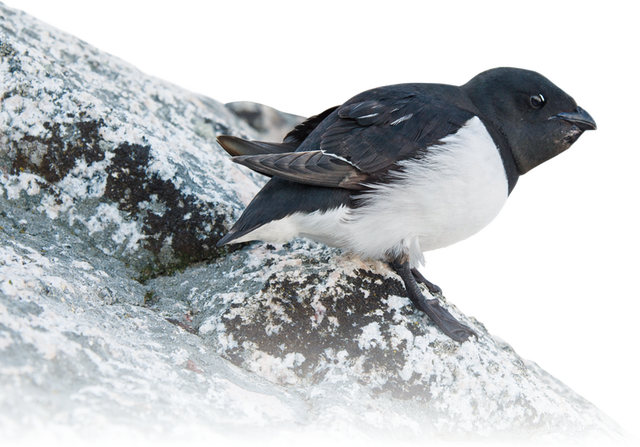
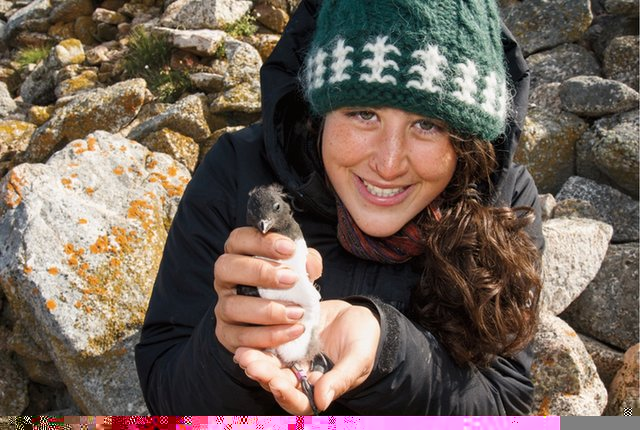
JustineAmmendoliaholdsalittle auk.
alittle auk
BigProblem
IreturnedhometoCanadatothinkaboutthis.TheoceanandfishingareimportantwhereIlive.But,Iknewourshoreswerepilingupwith plastic.
Ihadalotofquestions.Howmuchplasticwasgettingintotheoceans?Howcan westop it?
Tofindout,Ibecameagarbagedetective.MypartnersandIarecreatingreportsonplastics.Westudysevenbeaches.Wefindplastictrash.Wherediditcome from?
Greenland
Labrador
CANADA
NORTHAMERICA
PACIFICOCEAN
ATLANTICOCEAN
Newfoundland
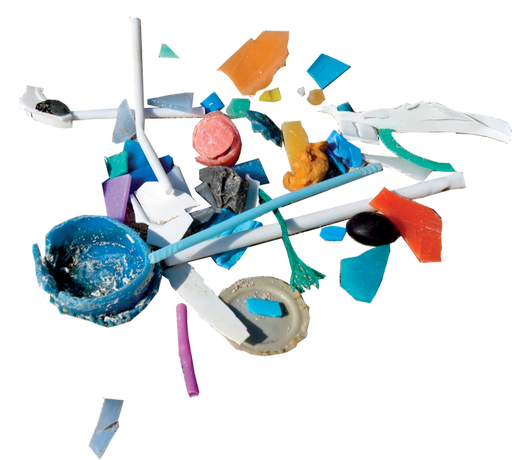
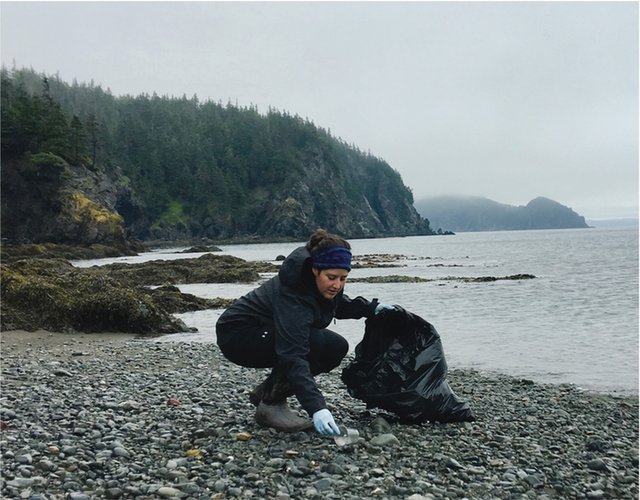
Ibecameagarbage detective.
Still,wecanmakesomeconnections.Onebeachhadthin,plasticthreads.Theycamefromoldfishingropes.Theropesheatedupinthesun.Thenthethreadsbrokefree.Theylitteredthe beach.
Clueslikethishelpusdefinetheproblem.Thatwillhelpussolvetheproblem.Wecanmakea plan.
SmallPieces
Mostoftheplasticswefindaretiny. They’recalledmicroplastics. Wefindalot.Thesetinypieceshavelosttheiroriginalshape.It’shardtotellwhattheybrokeoff of.
Myteamworkshardtocollectplastictrashfrom beaches.
Thishandfuloftrashismadeupof plastic.
